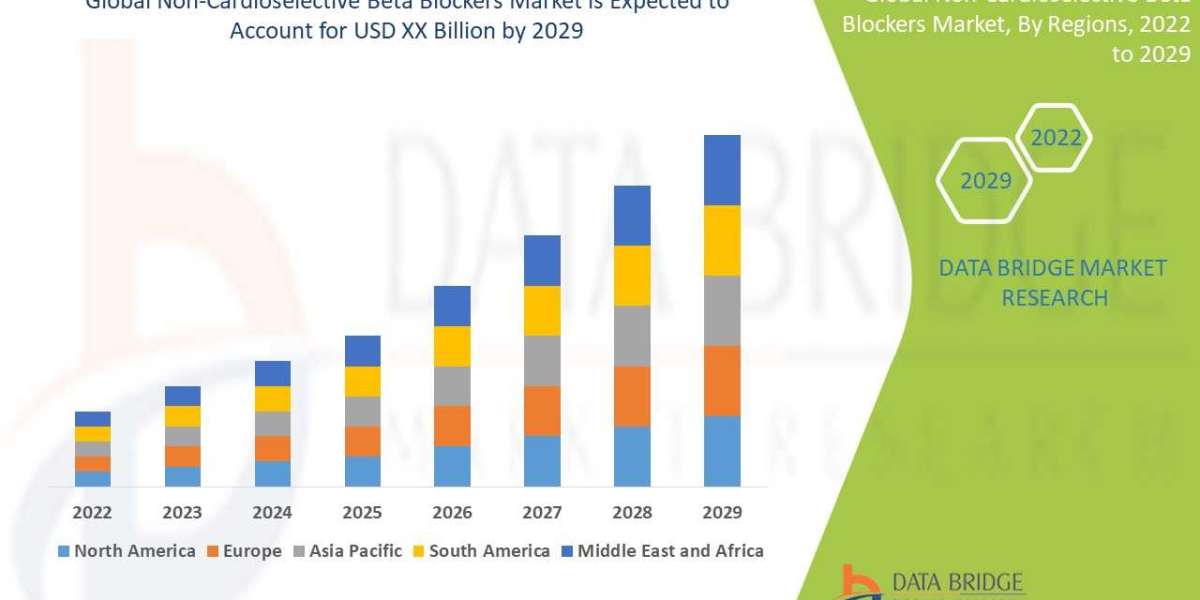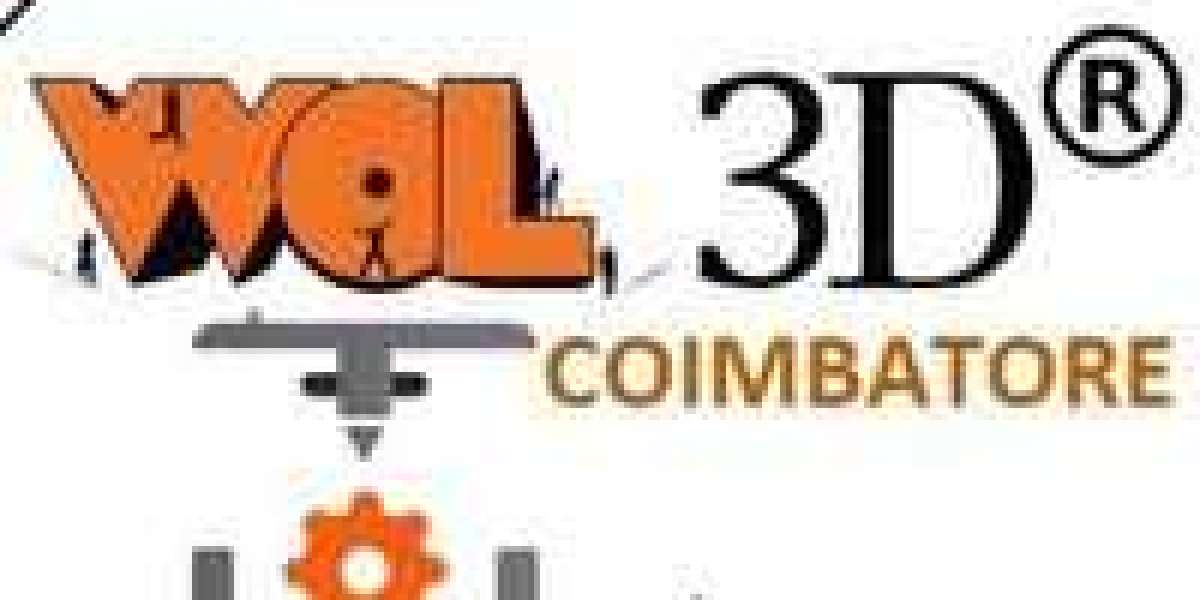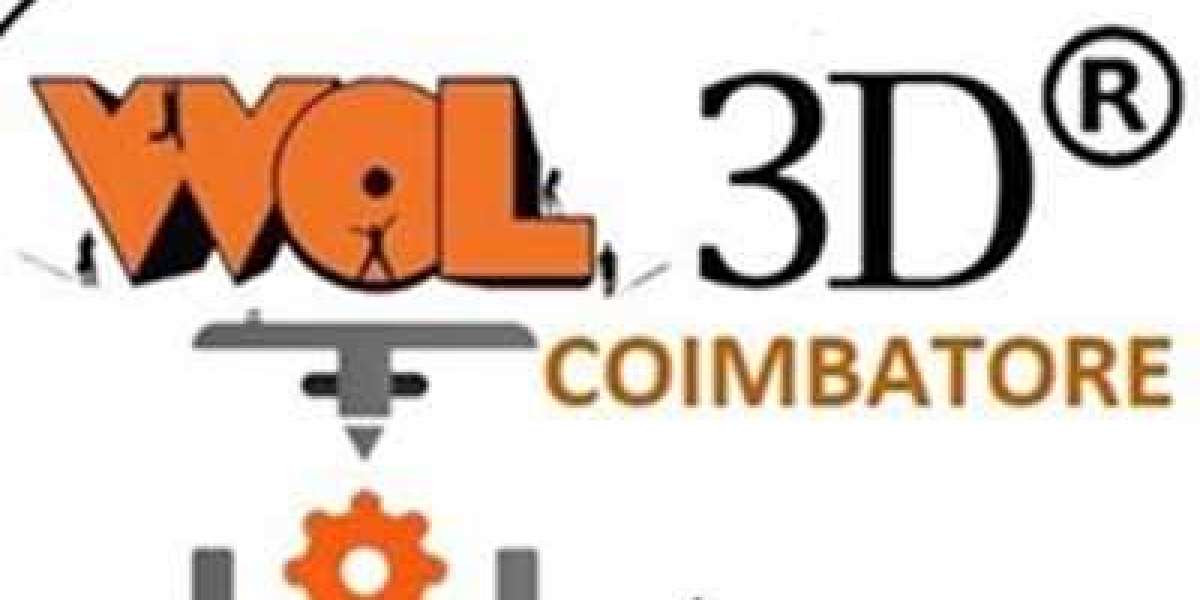The United States waterproofing market size has seen significant growth and innovation over the past few years. As of 2023, the market size reached nearly USD 18.33 billion. Projections indicate a promising future with an estimated compound annual growth rate (CAGR) of 4.8% from 2024 to 2032, potentially reaching around USD 27.93 billion by 2032. This article delves into the key aspects driving this market, including benefits, industry developments, driving factors, the impact of COVID-19, restraining factors, market segmentation, trends, and more.
Key Benefits of Waterproofing
Waterproofing offers several critical benefits, making it a vital component in construction and maintenance:
- Protection: It safeguards structures from water damage, preventing mold growth, rusting, and structural weakening.
- Durability: Enhances the longevity of buildings and infrastructure by protecting against environmental wear and tear.
- Cost Savings: Reduces long-term repair and maintenance costs associated with water damage.
- Health: Mitigates health risks associated with damp environments, such as respiratory issues and allergies.
Key Industry Developments
The waterproofing market has witnessed several notable developments:
- Advanced Materials: Innovations in waterproofing materials, such as liquid membranes and integral waterproofing systems, have improved efficiency and application.
- Sustainability: Increased focus on eco-friendly and sustainable waterproofing solutions, driven by environmental regulations and consumer awareness.
- Technological Integration: Adoption of technologies like self-healing concrete and smart waterproofing systems that monitor and respond to moisture levels in real-time.
- Regulatory Standards: Stricter building codes and standards have prompted advancements in waterproofing techniques and materials to ensure compliance.
Driving Factors
Several factors are driving the growth of the waterproofing market in the United States:
- Construction Boom: The resurgence in residential and commercial construction activities post-recession has significantly boosted the demand for waterproofing solutions.
- Infrastructure Upgrades: Government investments in infrastructure projects, including bridges, tunnels, and public buildings, necessitate effective waterproofing.
- Climate Change: Increasing incidences of extreme weather events, such as heavy rains and floods, have heightened the need for robust waterproofing solutions.
- Urbanization: Rapid urbanization has led to the development of high-rise buildings and urban infrastructure, which require advanced waterproofing systems.
COVID-19 Impact
The COVID-19 pandemic had a mixed impact on the waterproofing market:
- Supply Chain Disruptions: The initial lockdowns and restrictions led to disruptions in the supply chain, affecting the availability of raw materials and delaying projects.
- Project Delays: Many construction projects were halted or delayed, impacting the demand for waterproofing products and services.
- Recovery and Growth: Post-pandemic, the market has rebounded strongly as construction activities resumed and there was an increased focus on upgrading existing infrastructure.
Restraining Factors
Despite the positive outlook, the market faces certain challenges:
- High Costs: Advanced waterproofing solutions can be costly, which may deter some consumers, particularly in the residential sector.
- Technical Complexity: The application of waterproofing systems often requires specialized knowledge and skills, posing a barrier to entry for smaller contractors.
- Environmental Concerns: Some traditional waterproofing materials are not environmentally friendly, leading to regulatory challenges and a push for greener alternatives.
Market Segmentation
The waterproofing market can be segmented based on product type, application, and end-use sector:
- Product Type:
- Liquid Membranes
- Sheet Membranes
- Cementitious Waterproofing
- Bituminous Coating
- Application:
- Roofing
- Walls
- Flooring
- Basement
- End-Use Sector:
- Residential
- Commercial
- Industrial
- Infrastructure
Market Outlook and Trends
The future of the waterproofing market in the United States looks promising, driven by several trends:
- Green Waterproofing Solutions: Growing demand for eco-friendly and sustainable waterproofing materials.
- Technological Innovations: Continued advancements in materials and application techniques, including self-repairing membranes and nanotechnology.
- Increased Renovation Activities: As older buildings require upgrades, the demand for waterproofing in renovation projects is expected to rise.
Industry Segmentation and Regional Analysis/Insights
Regionally, the market can be divided into:
- Northeast: High demand due to the prevalence of older infrastructure requiring renovation and waterproofing.
- Midwest: Growth driven by industrial projects and infrastructure upgrades.
- South: Rapid urbanization and construction activities are major drivers.
- West: Focus on sustainable construction practices and innovative waterproofing solutions.
Analysis and News
Recent analyses indicate robust growth in the waterproofing market, with key players investing heavily in research and development. News highlights include partnerships between construction companies and waterproofing solution providers to deliver integrated solutions for large-scale projects.
Top Impacting Factors
Several factors significantly impact the waterproofing market:
- Technological Advancements: Innovations in waterproofing materials and techniques.
- Regulatory Environment: Compliance with environmental and building codes.
- Economic Conditions: The overall health of the economy influencing construction activities.
- Consumer Awareness: Growing awareness about the benefits of waterproofing.
Target Audience
The primary audience for waterproofing products and services includes:
- Construction Companies: Both residential and commercial builders.
- Government Agencies: Involved in infrastructure projects.
- Industrial Facilities: Requiring specialized waterproofing solutions.
- Homeowners: Interested in protecting their properties from water damage.
Opportunities
The waterproofing market presents several opportunities:
- Innovation: Developing new, more effective waterproofing solutions.
- Sustainability: Creating eco-friendly products to meet growing demand.
- Market Expansion: Expanding into underserved regions and sectors.
- Education: Raising awareness about the importance and benefits of waterproofing.
Challenges
The market also faces various challenges:
- Cost Management: Balancing the cost of advanced materials with market affordability.
- Skilled Labor: Ensuring the availability of skilled professionals for application.
- Environmental Regulations: Adapting to stringent environmental laws.
- Market Competition: Navigating intense competition and price wars.
Restraints
Certain factors restrain market growth:
- High Initial Costs: The upfront investment for waterproofing can be high.
- Technical Barriers: Complexity in the application of certain systems.
- Economic Fluctuations: Economic downturns affecting construction activities.
Scope
The scope of the waterproofing market in the United States is broad, encompassing various sectors and applications:
- Residential: Protecting homes from water damage.
- Commercial: Ensuring durability and safety in commercial buildings.
- Industrial: Addressing the unique waterproofing needs of industrial facilities.
- Infrastructure: Enhancing the longevity of public infrastructure projects.








